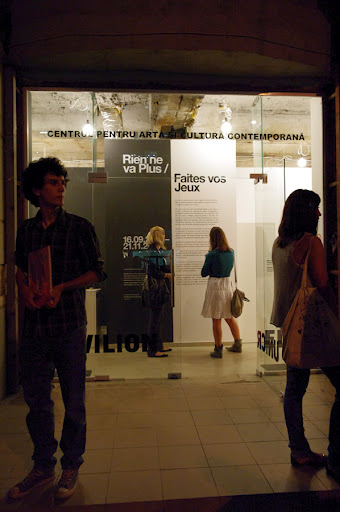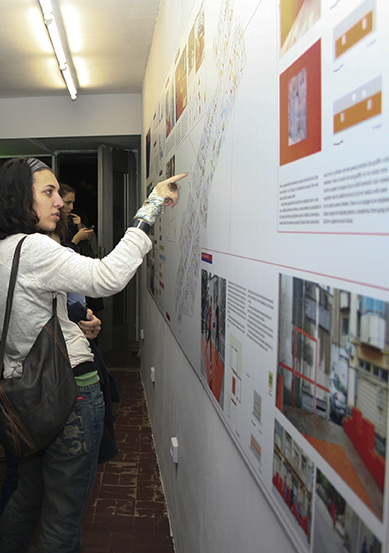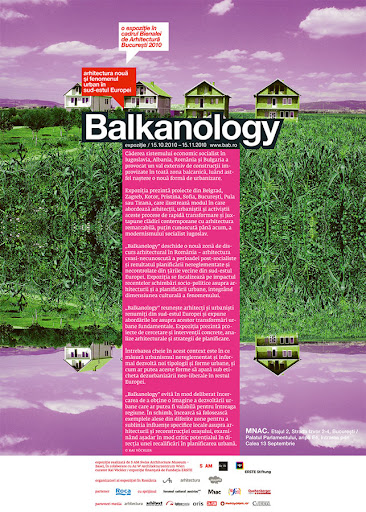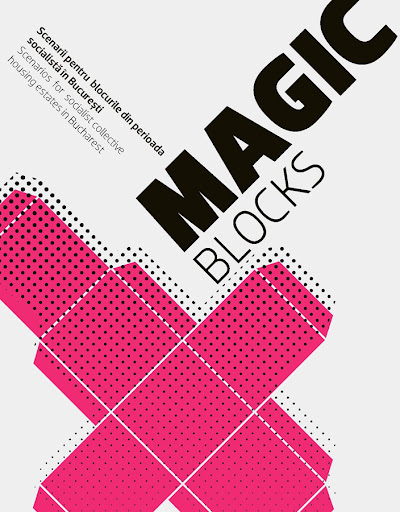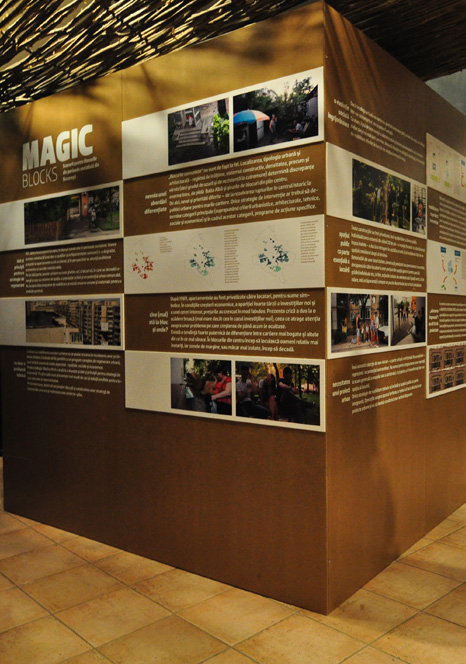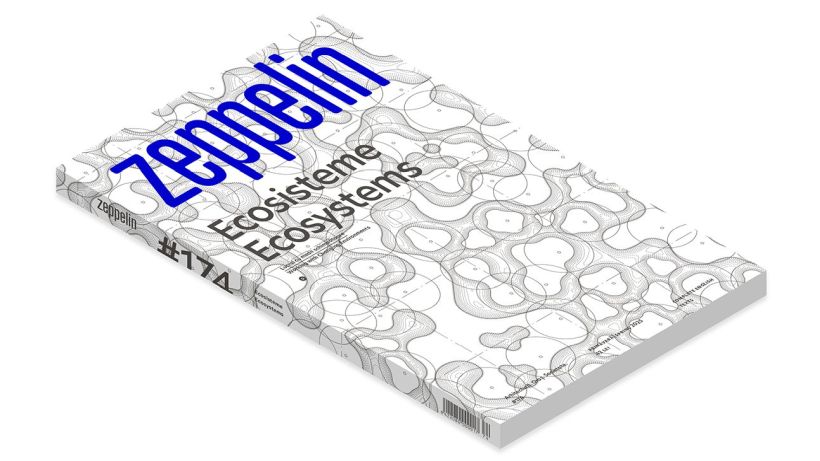book – 2010
25 ours of talks about architecture
Accessible both, for architecture professionals and general public, „Laborator 01” synthesizes essential ideas expressed on the occasion of Zeppelin meetings and of the interviews taken to their guests (architects, designers, editors and artists).
- Recommend on FacebookTweet about it
book
American avant-garde. 50 years of architecture: from modernism to minimalism13 American cities – from New York to Los Angeles. 60 famous architects – from Louis Kahn and Mies van der Rohe, to Frank Gehry and David Adjaye. 90 outstanding public buildings – from museums and libraries, to churches and research centers. 410 pictures taken directly from the source. Thousands of miles along and across a continent.
- Recommend on FacebookTweet about it
exhibition
16 September – 21 November, 2010, Pavilion Unicredit – centre for contemporary art and culture, BucharestThe exhibition presents the impact of the economic, environmental and generation crisis over architecture and the way to approach the complexity of those issues to set up a future outline. “Rien ne va Plus” started as a research project with the starting point that we are the witnesses of a triple crisis: an economic one, connected to the estate speculations, another one, the environmental one, connected to unprecedented climatic changes and, finally, that of generations.
- Recommend on FacebookTweet about it
The exhition presented the results of the Magic Blocks 2010 project to the audience – the key ideas ideas of the study and the strategy for urban activation, the interventions in the public space behind the blocks on Calea Moşilor and a documentary.
- Recommend on FacebookTweet about it
Calea Moşilor 2010: an aggressive and grey concrete curtain, specific to the ‘80s, which cuts a historical fabric and divides the city in two: in front of the boulevard a dense and well equipped city, yet ugly and aggressive, and behind, the historical city, hidden and isolated.
- Recommend on FacebookTweet about it
+ urban planning project, Bucharest
Following the project started in 2009, the team focused the research activities on the grand boulevards with blocks from the socialist era and the waste areas behind them, to find out solutions and draw up a strategy to turn those nobody’s lands into genuine public spaces and use them as components of activating the historical city behind the concrete curtain.- Recommend on FacebookTweet about it
international conferences: Bucharest, Vienna, Cluj, Istanbul, Moscow
& expo integrated in Balkanology intl. exhibition: Vienna, Bucharest, Belgrade, Sofia, Podgorica
2009-2010The results of the first stage of Magic Blocks were communicated in a series of 5 international conferences focused on the real principles, strategies and examples to revive the public space and carry out community projects- Recommend on FacebookTweet about it
book [EN / RO]
Scenarios for the collective housing from the socialist period in Bucharest.
- Recommend on FacebookTweet about it
The results of the first stage of the Magic Blocks programme (studycases, ideas, principles and possible solutions for a complex reviving strategy of the housing areas in the socialist era) were the theme of three international exhibitions: in Berlin, at AedesLand, Savignyplatz (8 September – 29 October 2009), then in Bucharest, (9-26 November 2009) at the Museum of the Romanian Peasant, Aquarium hall, and in Moscow (26-30 may 2010) part of the Moscow ARCH International Architecture and Design Biennale.
- Recommend on FacebookTweet about it
The research project provides a synthesis, scenarios, principles and studycases, as well as coherent strategies of intervention and models of projects to rehabilitate the ensembles of the socialist era in Bucharest. Over 70% of the people in Bucharest live in blocks built in the socialist era, which degraded over time and point to considerable economic and social issues.
- Recommend on FacebookThis website uses cookies to improve your experience. We'll assume you're ok with this, but you can opt-out if you wish.Accept Read MorePrivacy & Cookies Policy
Privacy Overview
This website uses cookies to improve your experience while you navigate through the website. Out of these, the cookies that are categorized as necessary are stored on your browser as they are essential for the working of basic functionalities of the website. We also use third-party cookies that help us analyze and understand how you use this website. These cookies will be stored in your browser only with your consent. You also have the option to opt-out of these cookies. But opting out of some of these cookies may affect your browsing experience.Necessary cookies are absolutely essential for the website to function properly. This category only includes cookies that ensures basic functionalities and security features of the website. These cookies do not store any personal information.Any cookies that may not be particularly necessary for the website to function and is used specifically to collect user personal data via analytics, ads, other embedded contents are termed as non-necessary cookies. It is mandatory to procure user consent prior to running these cookies on your website.



